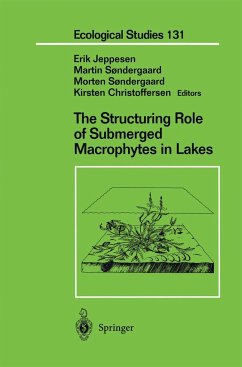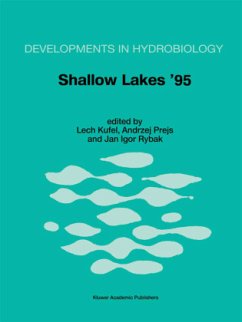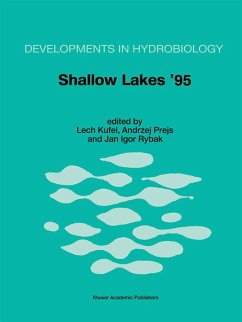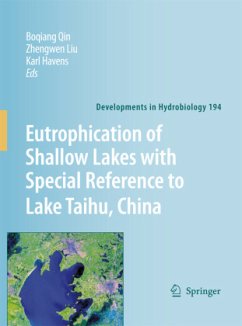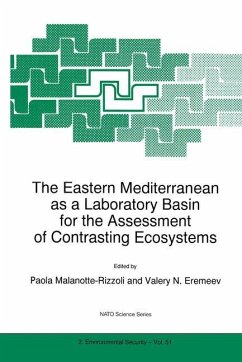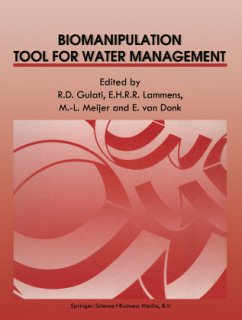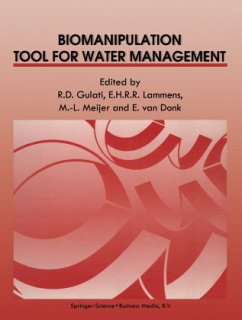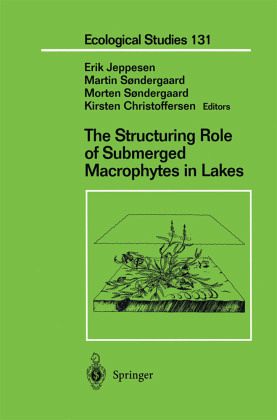
The Structuring Role of Submerged Macrophytes in Lakes

PAYBACK Punkte
76 °P sammeln!
Submerged macrophytes have been the object of intensive research, and a large body of literature exists on their growth, reproduction, and physiology. Several studies have focused on the interactions between submerged macrophytes and other autotrophic components and the impact of the plants on the dynamics of nutrients, dissolved organic and inorganic carbon, oxygen, and pH. Comparatively few studies have dealt with the ability of submerged macrophytes to modulate the structure and dynamics of pelagic and benthic food webs. Recently, however, the amount of research into the structuring role of...
Submerged macrophytes have been the object of intensive research, and a large body of literature exists on their growth, reproduction, and physiology. Several studies have focused on the interactions between submerged macrophytes and other autotrophic components and the impact of the plants on the dynamics of nutrients, dissolved organic and inorganic carbon, oxygen, and pH. Comparatively few studies have dealt with the ability of submerged macrophytes to modulate the structure and dynamics of pelagic and benthic food webs. Recently, however, the amount of research into the structuring role of submerged macrophytes in food webs has markedly increased, and the results obtained so far suggest that sub merged macrophytes are of significant importance for the food web interactions and environmental quality of lakes, even at relatively low areal plant coverage. For example, plants affect the interactions between predacious, planktivorous, and benthivorous fish and between fish and invertebrates, including key organisms such as large zooplankton and snails. Changes in these interactions in turn may have cascading effects on the entire food web in both the pelagial and the littoral zone. To provide a forum for discussion of recent results in this growing field of research and to define future research needs, a workshop was held on 16 to 20 June, 1996, at the Freshwater Centre in Silkeborg, Denmark. The present book is a result of the workshop. It is divided into three parts.




